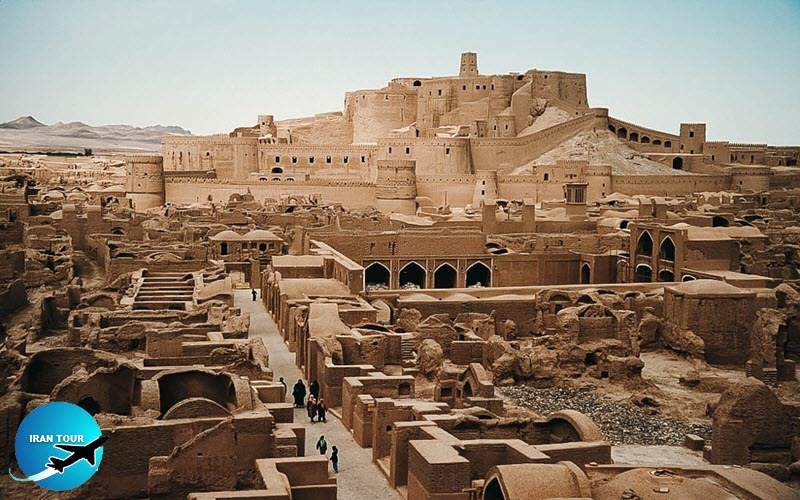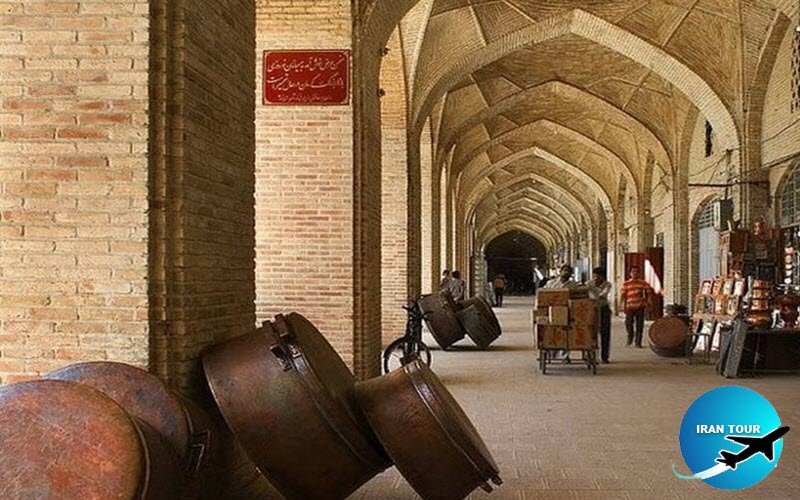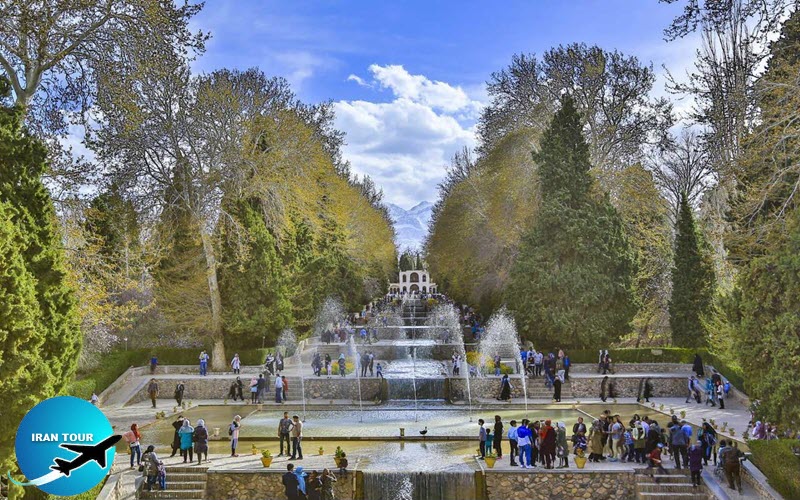Copyright 2020 - 2021 irantour.tours all right reserved
Designed by Behsazanhost
Brief History of Kerman
Brief History of Kerman
In the early Achaemenid period, the name of Kerman is first found in a trilingual inscription of Darius I (r. 522-486 BCE). The name does not occur again in Iranian sources until the third-century CE Sasanian monumental inscriptions. The Arab geographers knew the name either in its current form Kermān, which apparently was popularly adopted or in the form Karmān, which was considered preferable and the only one used by the cultivated. Other geographers accepted both forms. Some, based on a common Indo-European origin, tried to associate it with the names of the Germans (Germans of Latin writers), thus finding the first historical evidence of the existence of a Germanic ethnic branch.
 |
At the time of Darius, this city was one of the most important areas under the rule of the Achaemenids. Carmania was part of the Achaemenid Empire. The Behistun inscription of King Darius I the Great and the Daeva inscription of his son Xerxes, both of which contain long lists of lands subject to the Persian ruler, do not mention Carmania. This suggests that administratively the region belonged to the Satrapy of Gedrosia or was considered part of Persia.
Alexander the Great arrived in Carmania from the east side and captured it. After Alexander's death, the city was chosen as the capital of the Seleucids, but in the second half of the century, it was occupied by the Parthians. At the beginning of the third century, after 224 years, a unified government was re-established by the Persians, but its capital was in Kerman but also in the city of Veh-Ardašir. The city was founded in the third century as one of the defensive bases by Ardashir I.
 |
This city was captured by Muslim soldiers after the battle of Nahāvand in 642. The Abbasid and Omavid Caliphate's authority in this city was not very strong therefore, the power passed in the tenth century to the Buyid dynasty. Kerman was under the control of the Seljuk rulers(Turk's tribs) in the 11th and 12th centuries.
When the famous Venetian merchant Marcoperlo visited this city, it was one of the most important trading centers and one of the main links between the Persian Gulf and Central Asia.
 |
Kerman expanded rapidly during the Safavid dynasty and one of the most famous export goods were Carpets and rugs. They were exported to England and Germany during this period. Lotf Ali Khan defeated the Qajar dynasty in 1793 and conquered Kerman in 1794. But he was soon besieged in Kerman for six months by Agha Mohammad Khan. When the city fell to Agha Mohammad Khan, angry at the popular support Lotf Ali Khan had received, all male residents were killed or blinded and a heap of 20,000 severed eyeballs was poured in front of the victorious Agha Muhammad Khan. The women and children were sold into slavery and the city was destroyed over ninety days. Kerman has a long and turbulent history. It was only during the reign of the Qajar dynasty that security was restored in this city under a central government. Kerman has a small Zoroastrian minority. Most of the old Kerman was destroyed in an earthquake in 1794.
- Details
- Category: Kerman Tourism